Kanishka, named after a second century emperor, opened in March 2019 in the premises that used to house the wine bar and restaurant 28-50. The restaurant was opened by Atul Kochar, formerly executive chef of Benares. When he was at Tamarind in 2001 Mr Kochar, along with Vineet Bhatia at Zaika, became the joint first Indian chef to earn a Michelin star. Actually running the kitchen at Kanishka day to day at present is acting head chef Sameer Taneja, who has most recently been head chef at Talli Joe but was formerly head chef of Benares under Mr Kulchar.
Kanishka explores the cuisine of northeast India, which is much less well known in London than the food of north India or the southern states of Goa and Kerala. Northeast India has Myanmar to the east and China to the north, and is made up of the state of Assam, which is famous for its tea, but also the states of Manipur, Sikkim, Tripura, Miroram, Nagaland, Meghalaya and Arunachal Pradesh, which borders China. Each state has its own dishes, but in general the cooking style here makes less use of oil and also uses blends of spices less than elsewhere in India, though there is plenty of chilli in the cuisine. There was a tasting menu at £69 as well as a full a la carte selection. Main courses ranged from £20 - £28, and side dishes were £8, so this is not a cheap outing.
The wine list had just over a hundred references, ranging in price from £25 to £980. Although there was a reasonable spread of countries represented, it was a shame that not a single German Riesling was listed, given how well this goes with spicy food. Example labels were Ana Sauvignon Blanc 2017 from Malborough at £42 for a bottle that you can find in the high street for £14, Alois Lageder Porer Pinot Grigio 2017 at £63 compared to its retail price of £18, and Château Lagrange 2014 at £94 for a label that will set you back £29 in a shop. At the prestige end of the list, Château Gruaud Larose 1986 was £360 compared to its retail price of £180, and Lynch Bages 1989 was £540 for a wine that has a current market value of £365. The list has an average mark-up to retail of 3.6 times, which is pretty extortionate even by Mayfair standards. Cobra beer is an alternative.
The dining room was smartly decorated, and there was a further room downstairs, the restaurant seating up to 127 customers at any one time. The meal began with various popadoms, including one made from lentil flour and another from tapioca flour. This was served with very good mango and red berry chutney. The first dish was effectively an amuse bouche: thupka is a noodle soup of Tibetan origin that is also consumed in the border states of northeast India. It is a vegetable broth with vegetables and, in this case, guinea fowl along with rice noodles. This was pleasant enough, the noodles having good texture, though the broth tasted mostly of chilli, so had a kick of heat that was rather one-dimensional. The vegetables, having been resting in the soup, inevitably lost some of their texture (just about 13/20).
Much better was a miniature chicken tikka pie, the puff pastry excellent, spiked with coriander seeds and served with plum and berry chutney. The chicken is marinated and part cooked in the oven, then briefly fried with spices before being encased in pastry and finished in the oven, and had lovely flavour (easily 15/20).
Bhalla papdi chaat was made with lentil dumplings and crispy bread chaat, along with raisins, mint chutney, pomegranate seeds and frozen yoghurt. There was also saunth, a sweet chutney made from ginger and tamarind paste. The flavours worked nicely together but the lentils and bread seemed a little bland compared to the usual sev (crunchy noodles), and the chilli kick was certainly there but again felt less complex than some other chaat I have eaten (13/20).
Scallops were diver-caught and lightly cooked, served with cauliflower purée, fried cauliflower and cauliflower pickle with chilli. The scallops had good texture though did not have the sweetness of the very finest scallops, though I gather that the seafood supplier may soon be upgraded. However the cauliflower in its various textures worked very well (14/20).
Momo is a north-Indian steamed dumpling, this version a recipe from Gangtok in Sikkim state. These had a filling of onion and cabbage and were served with a tomato and chilli sauce, along with a bowl of kimchi. The dumplings themselves had nice texture, though the filling was not very exciting, and I was hazy about what the kimchi added (12/20).
Wild sea bass was marinated in sorrel chutney and steamed in a banana leaf, served alongside some prawns and pineapple. The fish itself was excellent, the flesh tender and the marinate working well, but I didn't understand the pineapple, and the cold prawns on the side seemed out of place. I would score the fish at least 14/20 but as a combination this worked less well.
At this stage there was a palate cleanser of sorbet, this being of wine from Sula in the Nashik province of western India. An alternative was a blood orange sorbet. I am generally sceptical about the value of palate cleansers, but if you took the blood orange sorbet on its own then it was actually lovely, having smooth texture and deep fruit flavour.
Lamb biryani arrived in a pot sealed with pastry, which is just the way a biryani should be served in my view. I love the way that the breaking of the pastry seal releases the aromas inside. The rice was beautifully fragrant and aromatic, the lamb tender (15/20). I also enjoyed a goat curry made with cumin and black pepper. This had a rich, deep flavour and pleasing spiciness (14/20). The naan bread and paratha were superb. The naan was as light and fluffy and supple as you could wish, and the paratha had excellent texture and completely avoided any hint of greasiness. Roti was also good but the naan was really special (15/20).
I was less taken with potatoes that were flavoured with hing (asafoetida) and grapes (angoor). The potatoes had good texture but were a touch salty, and I am not sure the grapes really worked (12/20). Yellow dhal with egg curry was rather soup in texture, and while not unpleasant was not something I would order again (12/20).
Much better was tandoor cauliflower with mint chutney and almond karma. The cauliflower had lovely texture and the almond milk sauce with it was an interesting complement (14/20). Finally on the savoury courses, Bressingham duck was pan- seared and served pink, along with tomato salsa, potato salad and crisp rice. The combination was a little unusual but the duck itself was excellent (14/20).
For dessert, malai kulfi with vermicelli had an oddly watery texture, and was flavoured with rose syrup. I just didn't think the texture worked here (11/20). Peanut butter parfait with salted caramel had a slightly grainy texture, but caramelised banana was excellent (13/20). I most enjoyed kheer, a rice pudding with pineapple granite and shaved pineapple, the acidity of the fruit bringing pleasing freshness to the richness of the rice pudding (14/20).
At a second meal I took advantage of the set lunch offer, which was £24 for two courses (£29 if you want dessert). After the complimentary mixed popadoms and the same very good mango and berry chutney, my starter was fried tilapia with raw tamarind ketchup. The fish was nicely cooked, the rice beer batter delicate and the tamarind ketchup added a pleasing hint of sweetness (14/20).
For the main course I had a butter chicken kedgeree. This was an unusual dish, the base of rice having butter chicken sauce mixed in, topped with pieces of very tender chicken tikka malai. The kedgeree was flavoured with pickled onion, which was an inspired idea as the touch of vinegar from the pickling cut through the richness of the butter sauce. A few mini lentil popadoms added a contrasting texture. This was an original and excellent dish (easily 15/20). I also tried a very good black dhal, cooked overnight and having a suitably dark smokiness (easily 14/20). Service was, as before, very good, the staff attentive and friendly. The bill for lunch came to £35, and a typical cost per head might be £75 or so.
Kanishka is an interesting restaurant, and it is certainly intriguing to explore the dishes of north-eastern India, which are not ones that appear often in restaurants in London. I gather that they are not that common even in India outside the local region. The kitchen here clearly has considerable skill, but is also finding its feet a little, so some dishes worked a lot better than others. The best things for me, the biryani, the chicken tikka pie, the butter chicken kedgeree and the naan bread, were genuinely top notch. However not everything was at this level, and there were one or two less successful touches that doubtless will get ironed out over time as the kitchen settles down. Overall, although this was clearly early days for the kitchen Kanishka is already delivering some impressive dishes.


























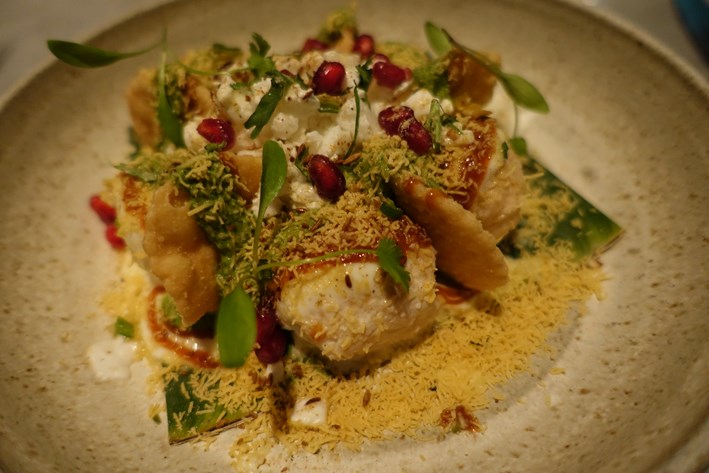


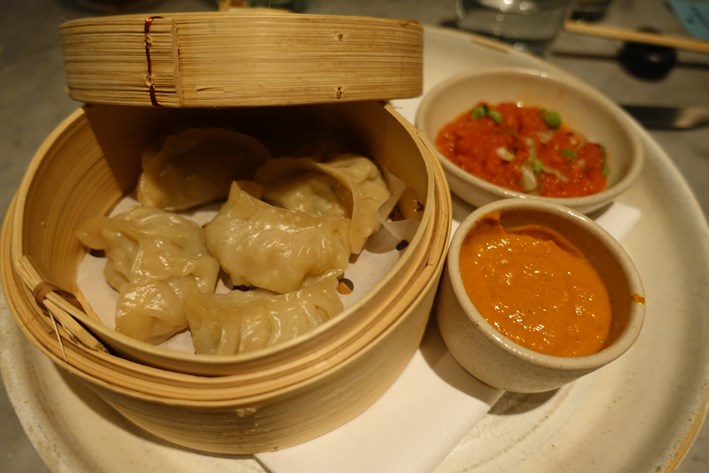
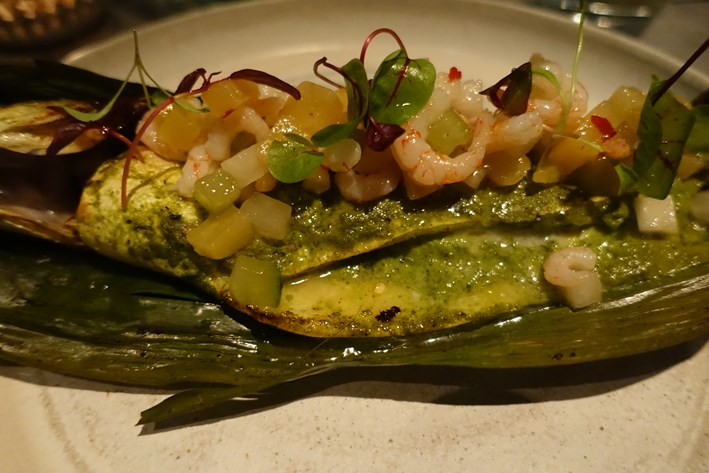


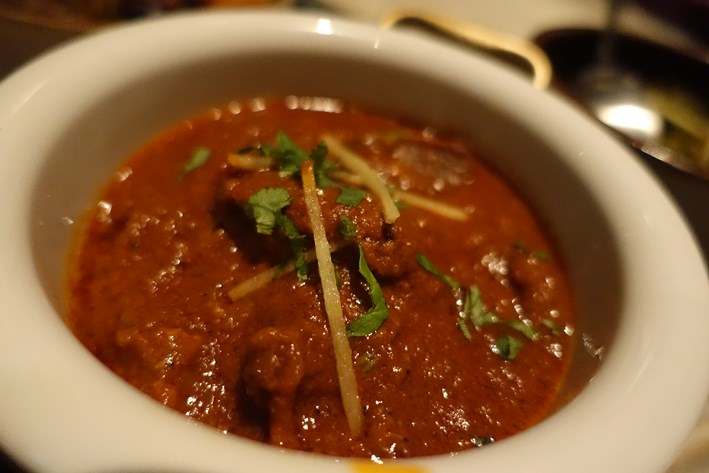



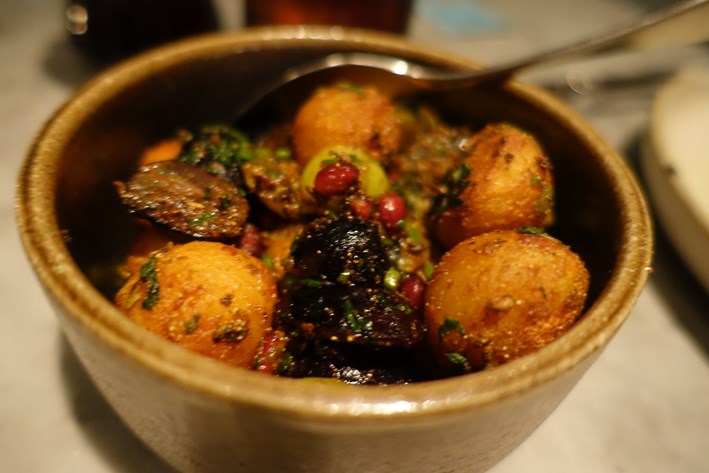
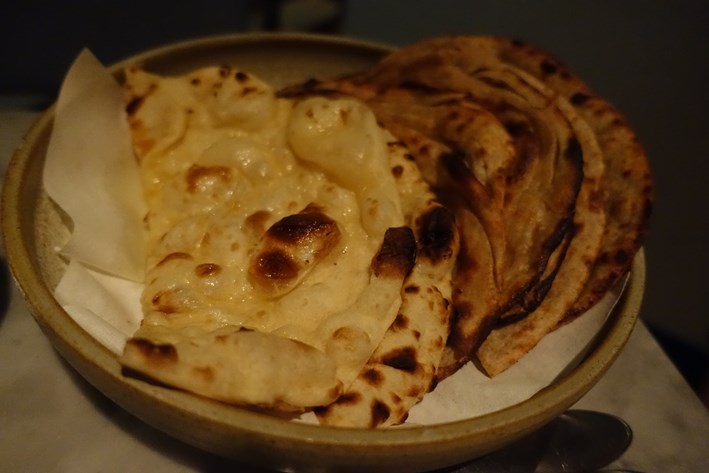
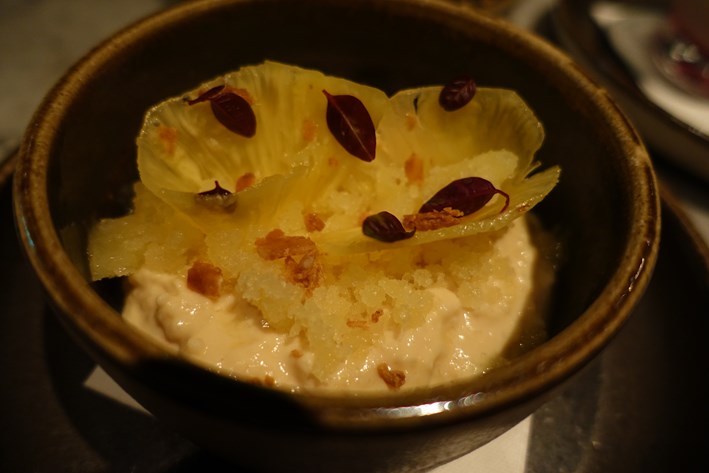
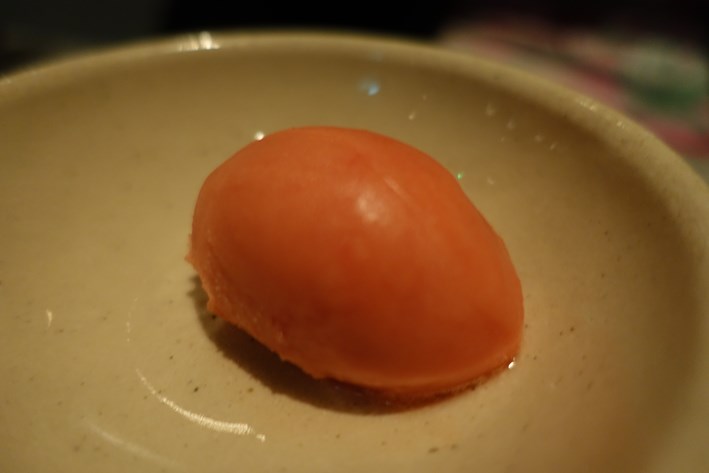



AriRegen
Have found your reviews to be amongst the very best